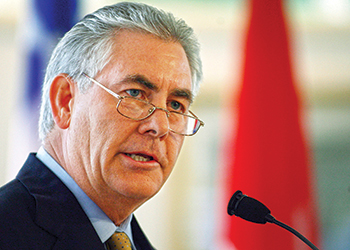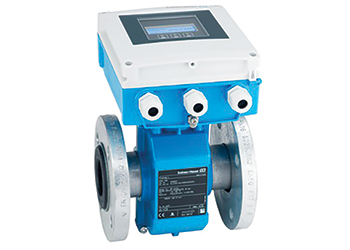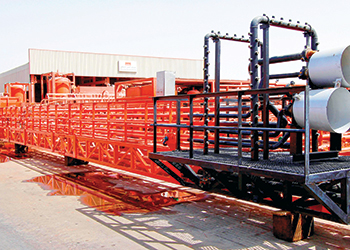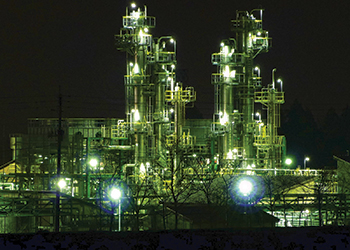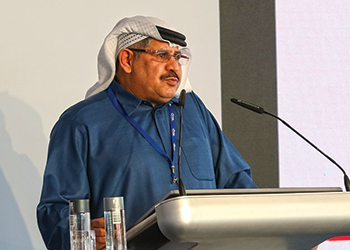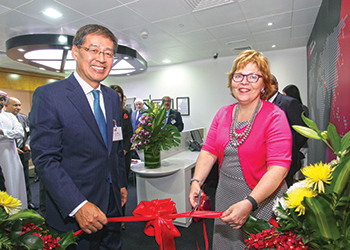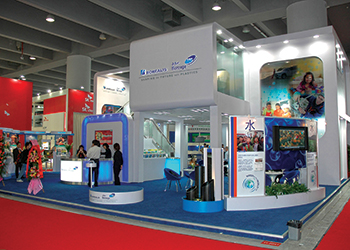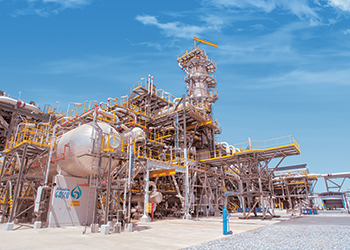
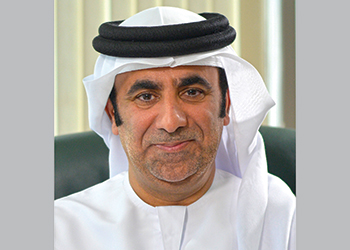 Al Suwaidi ... drilling has gone up
Al Suwaidi ... drilling has gone up
The big drilling projects involve investment to prolong the use of Abu Dhabi’s largest, mostly mature oil fields to extend their life and increase the volume of crude
Abu Dhabi will increase its drilling fleet by more than a quarter next year to about 100 rigs from 78 currently as the emirate pushes to achieve its target of 3.5 million barrels per day (mbpd) of production capacity, a senior executive of government-owned National Drilling Co (NDC) says.
NDC CEO Abdalla Al Suwaidi says the company had already tripled the size of its rig fleet over the past five years and planned to take advantage of the current period of lower fabrication costs to continue the trajectory.
NDC, a unit of Abu Dhabi National Oil Co, was under pressure from its parent to provide rigs for an anticipated rise in drilling activity across the UAE’s leading emirate over the next few years while increasing drilling efficiency and reducing well costs.
The company was collaborating with oilfield services providers, which were obliged to use NDC’s rigs, on technology and project management initiatives, he says.
Suwaidi says that while global drilling activity has closely followed oil prices, Abu Dhabi was an exception. "Abu Dhabi drilling has only gone up. There’s no way down," he says.
The big drilling projects in the emirate involve investment to expand the life of the Abu Dhabi’s largest, mostly mature oil fields to extend their life and increase the volume of crude ultimately recovered.
Increasing rig efficiency with modern rig equipment, infrastructure and logistics resources, as well as integrating drilling services, was contributing to Adnoc’s efforts to reach such long-term goals as well as to the immediate efficiency drive, Suwaidi says.
A spokesman for Halliburton says developing mature fields in the Gulf region and elsewhere was "all about identifying bypassed pay, how to make the most of what we already have."
"We need to ensure that the resources of the Middle East and UAE continue to deliver into the future. We need to understand the reservoirs and develop the right technology," he says.
Adma-Opco, an Adnoc-led consortium with international partners BP and Japan Oil Development Co producing crude from offshore fields including two of Abu Dhabi’s three largest ones, had in the past 18 months increased its rig deployment as it sought to raise output capacity from 650,000 bpd currently.
About half the rigs were drilling on the two large fields, Umm Al-Shaif and Lower Zakum, in an effort to maintain output near current levels, while the remainder were developing new offshore fields, he says.
Two such fields that were recently brought into production – Umm Lulu in late 2014 and Nasr early this year – had delivered 40,000 bpd of incremental crude output to date, Jarwan confirms. Adma-Opco senior manager Drilling Sultan Al-Mansouri says the business plan driving the consortium’s drilling push was still to deliver 100,000 bpd of crude production by 2017 or early 2018, regardless of lower oil prices.
"We’re not changing any business plan," he says.
"We have increased rigs, increased service providers," he adds. "We believe that with the (low) oil prices, there is an opportunity here. We believe we’re attracting the quality, the people who can deliver value."
Adma-Opco was currently deploying 20 jack-up rigs and four drilling barges in the shallow waters of the Persian Gulf as well as three land rigs drilling wells to access offshore resources by extended reach from islands, Suwaidi says.
That fleet, all supplied by NDC, would be increased by about 50 per cent.










































































